Inequality In Car Accidents
October 2, 2015 in Daily Bulletin
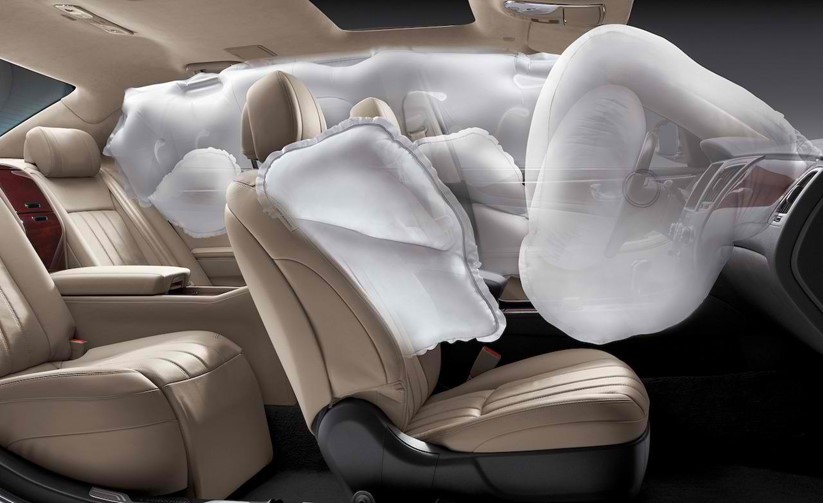
Emily Badger and Christopher Ingraham wrote about inequality on the road:
- While deaths as a result of traffic accidents have been dropping over the years, the declines have been focused on the most educated.
- For those under 25 the rates of fatalities have actually increased.
- In 1995 deaths from accidents were 2.5 times higher for those at the bottom of the education spectrum compared to those at the top. In 2010 the ratio was 4.3.
- This is because those with less education are likely poorer and thus have older cars without modern safety features like side air bags and rear cameras.
- Poorer areas also have fewer hospitals.
- And poorer residents may not be able to muster the political strength to lobby for road safety features such as crosswalks, speed bumps and stop signs.
- It’s unclear if seat belts or alcohol play a role in the differences.
- This ratio will likely get worse as self-driving autonomous cars will, at first, only be affordable for the rich.
Read more over here.
Source: The Washington Post

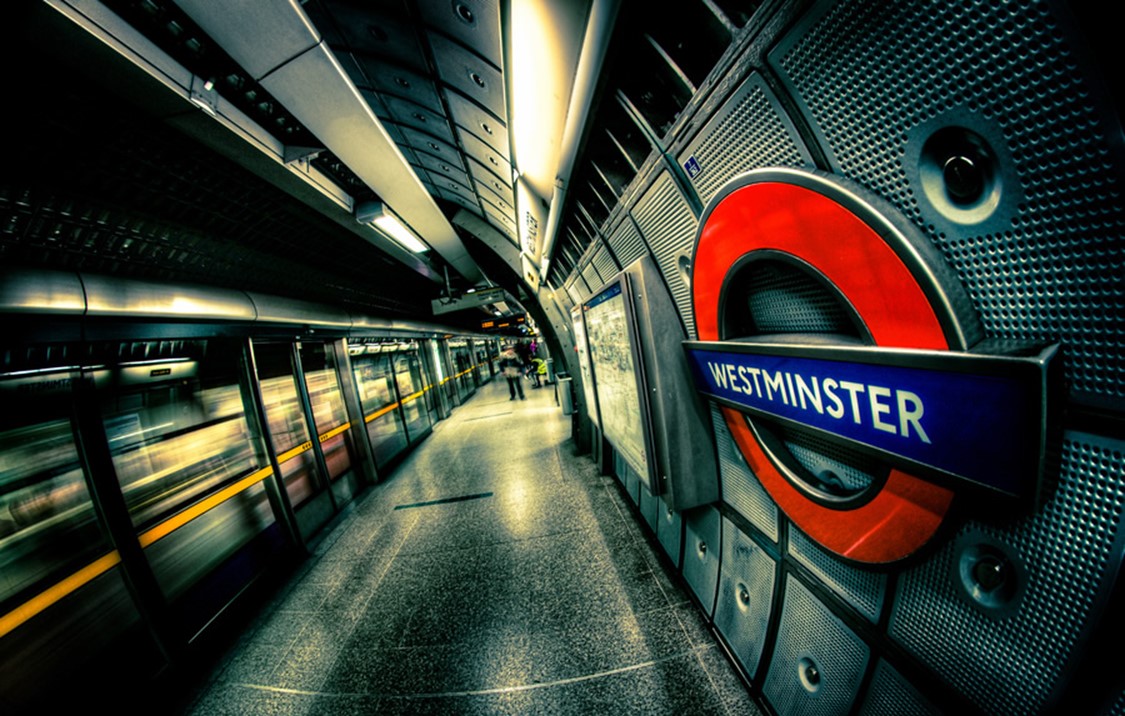
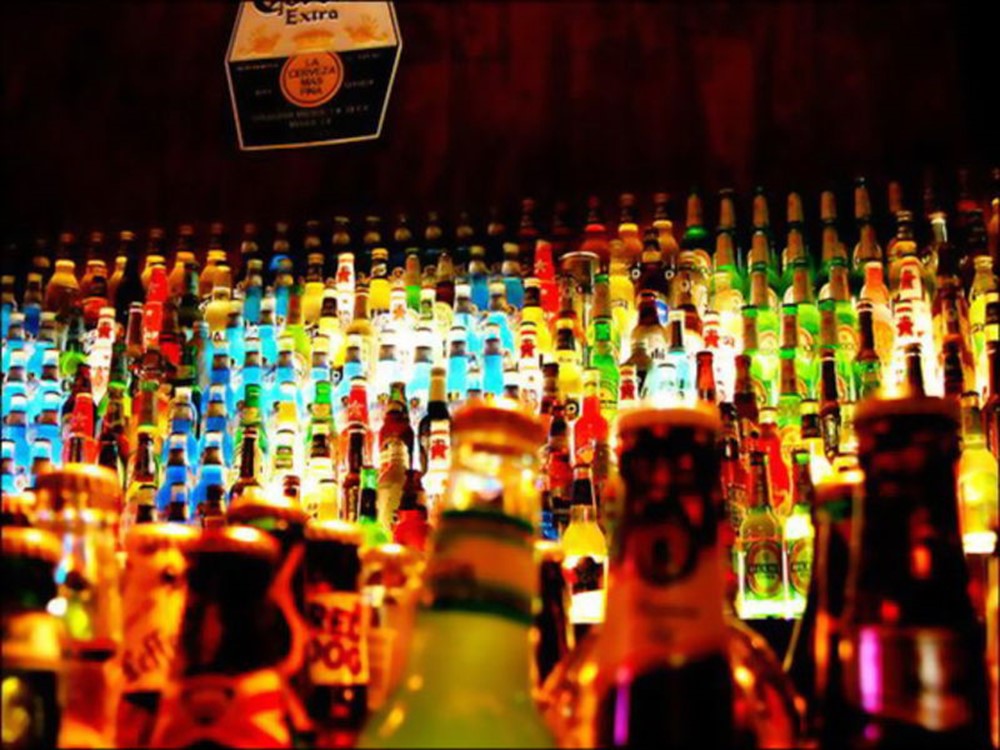
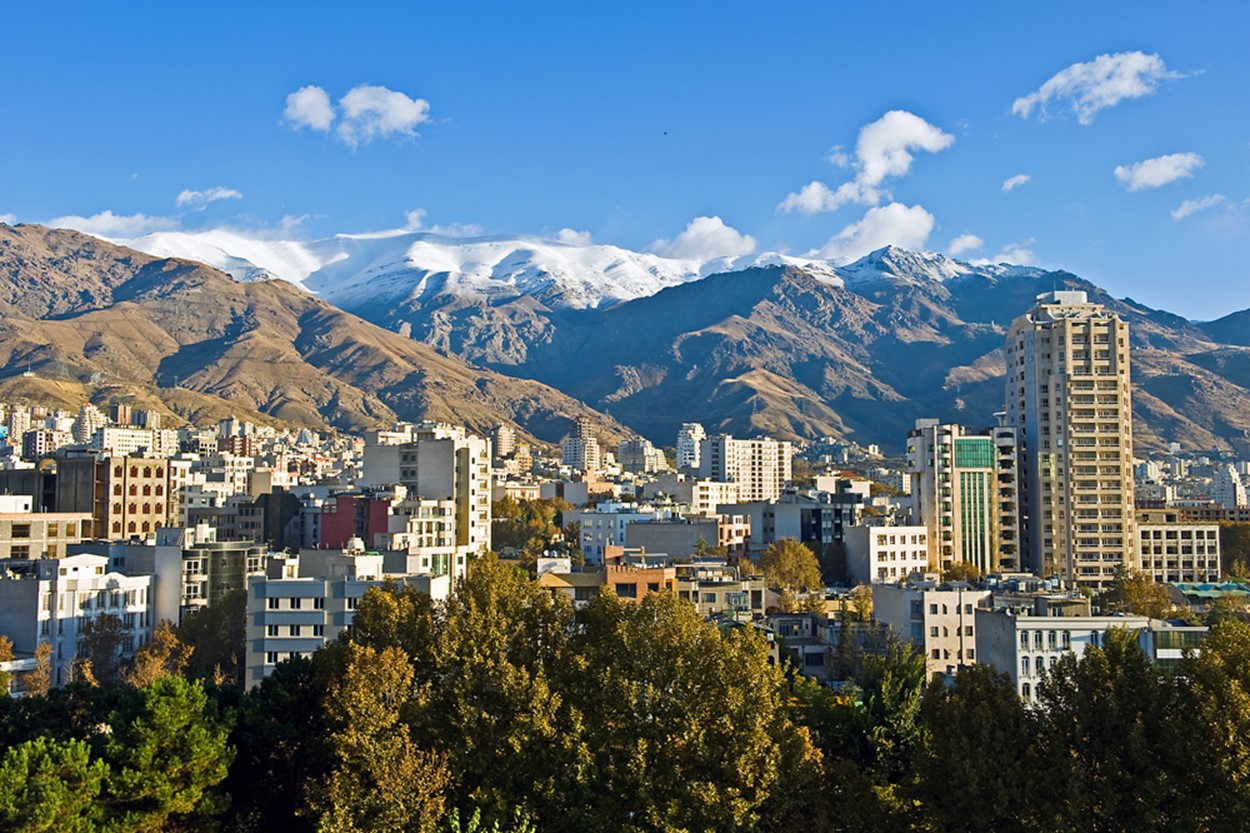
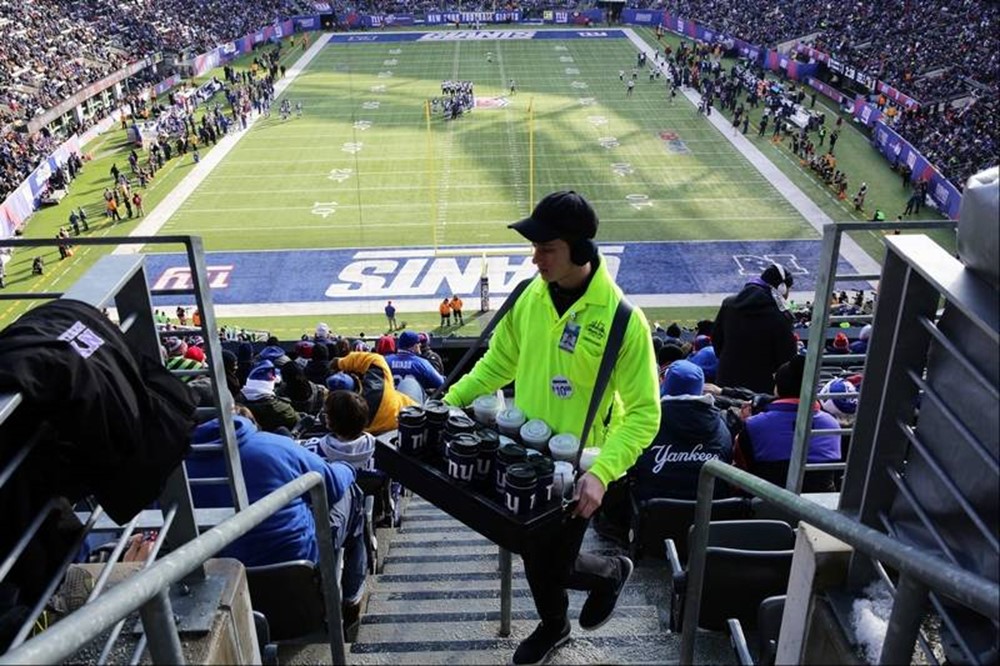
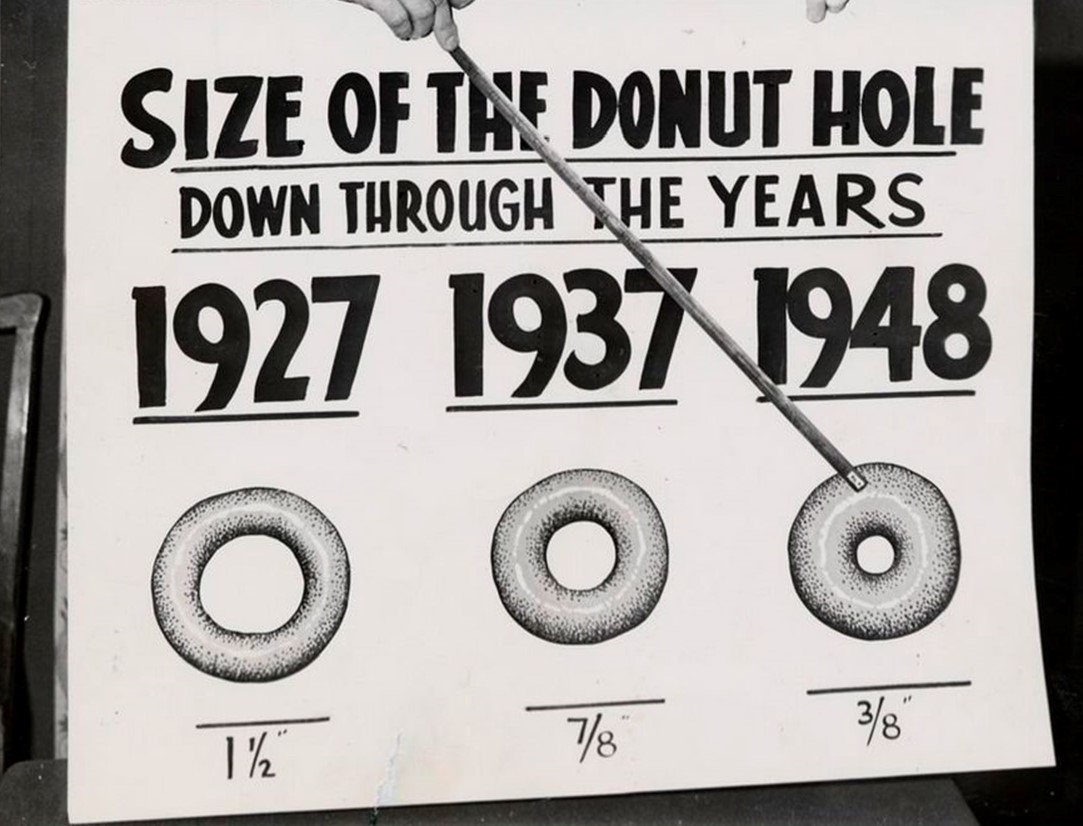
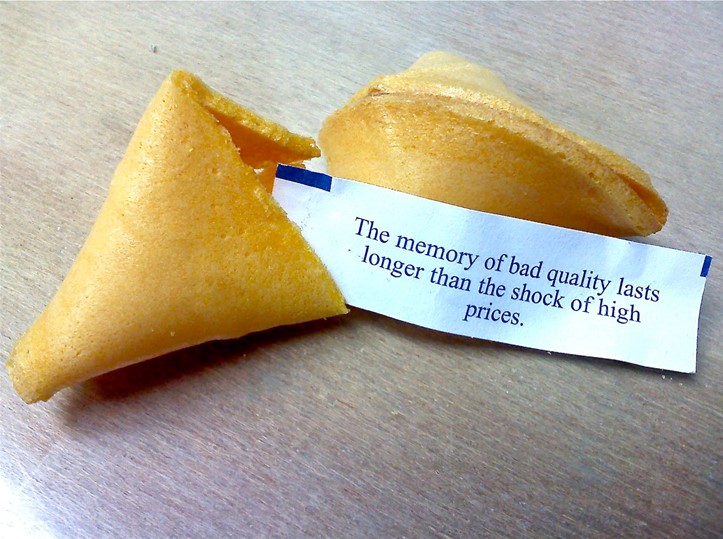


Join the Discussion! (No Signup Required)